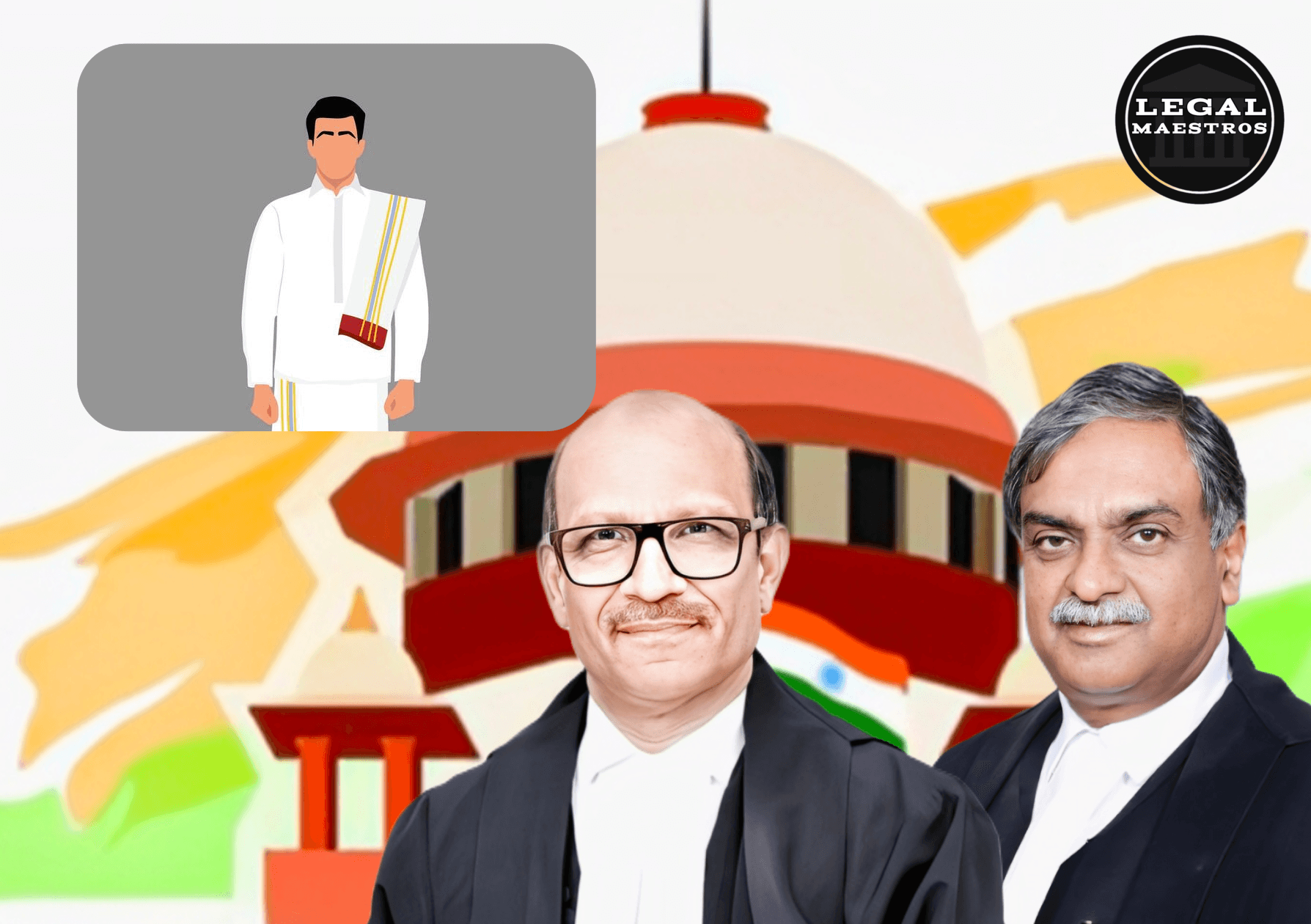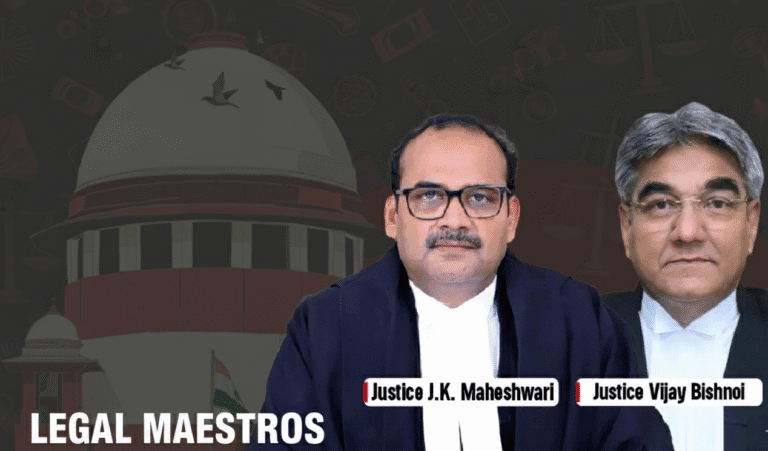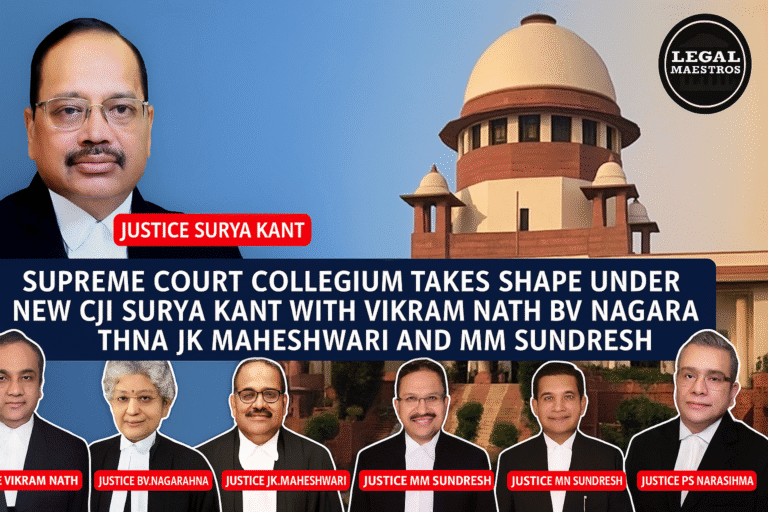
This paper studies the case of SD in India delivered by the Supreme Court of India. Shabuddin v. The State of Telangana is the case that explains the important principles of the criminal law and most importantly the criminal law aspect of dishonestly receiving the stolen property under Section 411 of the Indian penal code (IPC). A prime example of this was the judgement given by Justice Vikram Nath, comprising of the significance of a sound use of legal presumptions and the necessity to the prosecution throwing its case to a reasonable doubt.
A Short report of the Case
The case arose as a result of the murder of a business man M. Narsaiah in December 2005. The prosecution stated that M. Narsaiah has been killed by his one-time employee, accused-Moulana, and his professional competitor. The version of the prosecution contended that Accused-Moulana with the assistance of the appellant, SD, had delivered the message on his behalf to spread the message of Shariah and establish a global dictatorship of the Imam lineage. Shabuddin burnt the body of the deceased on a pyre and looted his cash, bike and phone. The deceased was carrying cash amount of 2,92,629. Accused-Moulana was supposed to have paid 30,000 to the appellant so that he could help him in getting rid of the body. The appellant handed over the amount of 25000/- and accused- Moulana handed over the amount of 2,40,000/- later recovered by the police.
The trial court formulated charges against the accused-Moulana of murder, causing disappearance of evidence and theft and against the appellant of causing disappearance of evidence and theft. Yet the trial court absolved both of them of both the charges of murder and theft, and only found both guilty of a charge of theft.
For any queries or to publish an article or post or advertisement on our platform, do call at +91 6377460764 or email us at contact@legalmaestros.com.
Sec 411 of IPC dishonestly receiving stolen property. The court could only convict them based on the reason that they have large sums of money in their possession and they cannot explain how they got it. Subsequently, the High Court affirmed this conviction, but it cut down the imprisonment of the appellant to one year. The appellant was aggrieved by this and moved a special leave petition to the Supreme Court.
The Theory of putting the Burden of Proof in reverse and why it is unconstitutional
The other main point that the Supreme Court brought up was that a reverse burden of proof had wrongly been placed on the appellant by the High Court. The Supreme Court held that both trial court and the High Court had actually made a serious mistake of asking the accused to clarify why he or she had the cash. The lower courts had made use of the presumption in The presumption that a person in possession of stolen goods shortly after a theft, boldly stated in Section 114 of the Evidence Act, that he was either the thief or he had received the goods knowing them to be stolen.
However, the above-outlined presumption can only be used, the Supreme Court stressed, after the prosecution proves the underlying fact that a theft happened and the recovered items were stolen. In the present case, even after understanding there was no convincing evidence to indicate that the deceased was carrying out a certain amount of money or that the recovered cash had a special or distinct mark as to identify it with the alleged theft. In addition, the court once again pointed out that at the initiation of a criminal case prosecution, the burden of providing evidence of its claims is always on the prosecution whose goal is to prove beyond a reasonable doubt what it has alleged. By solely relying on the conviction based on the inability on the part of the accused to explain how the cash came to his possession, the High Court has assumed an approach that is not known to criminal jurisprudence of our legal system.
The Need To Connect Theft To Dishonestly Receiving Stolen Property
The second important question to be addressed by the Supreme Court was whether an offence committed under Section 411 IPC could be upheld despite the fact that the accused had been found not guilty of having made a theft under Section 379 IPC. The court described the lower courts views to have been totally wrong. The court noted down the ingredients that Section 411 IPC has laid down specifically regarding what needs to be proven by the prosecution is that the accused has in question attacked receiving or retaining under Section 411- which has three ingredients that must be proved including that the accused must have received or retained some stolen property and must be having or must have sufficient grounds to believe that the property is some stolen goods.
The court logically stated that a property cannot be termed as a stolen property unless a theft is established. The prosecution based its argument on the hypothesis that accused-Moulana had stolen the money possessed by the deceased and the appellant had taken a part of the stolen money. All the possible ground to hang the appellant under Section 411 IPC was blown away and since the acquittal of the accused already stood by the trial court the accused and appellant could not be proven under Section 411 IPC. The court held that unless the property that is in question is a stolen property, the charge under Section 411 IPC cannot be made. That is why the High Court erred in confirming the conviction in a grave manner.
Judgment is Done
On these important components of law, the Supreme Court ruled that the decision of the High Court was unviable. The court quashed the conviction, found the appellant guilty of no offence and vacated his bail bonds. This ruling is important in reminding the procedural safeguards together with the core pillars of the Indian criminal justice system. It emphasizes the fact that the prosecution has to demonstrate all the aspects of an offense, and a conviction cannot be established on suspicion or on the inverted burden of proof. The case provides a re-affirmation that no one can be convicted of the receiving of stolen property by only establishing that theft took place.








1 thought on “Supreme Court Acquits Telangana Man in 20 Year Old Case: Says Conviction Under Section 411 IPC Legally Unsustainable by Justices Vikram Nath and Sandeep Mehta”